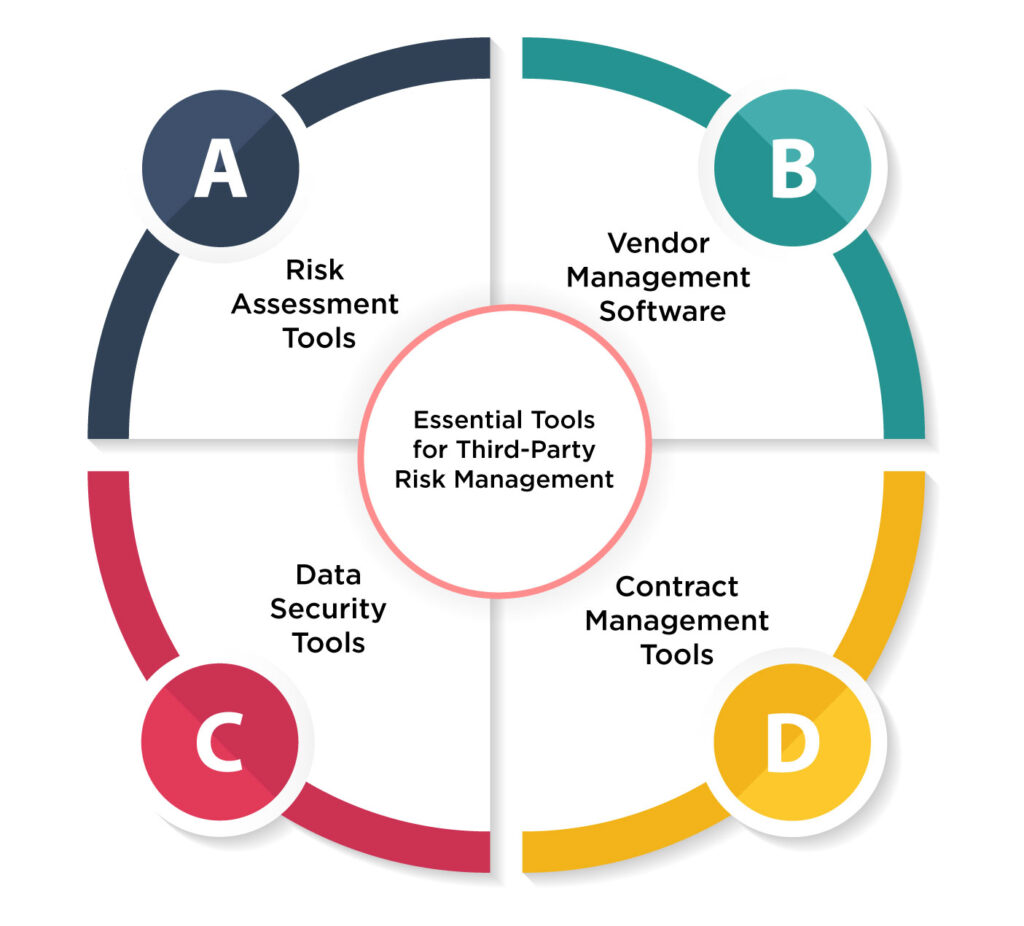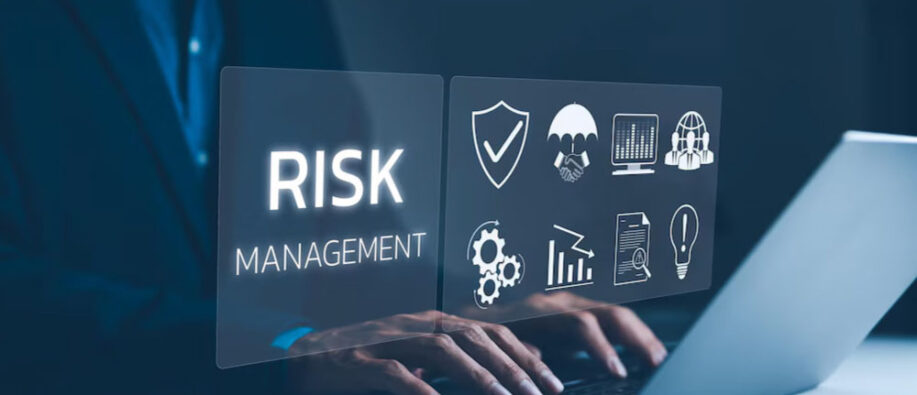Nowadays, many companies outsource their work to other service-providing companies. Many organizations depend on external services in supply chains, IT support, and software. Outsourcing helps a company to make its tasks easier, but it also consists of risks that affect the business. Thus, third-party risk management is an important task for every organization. This involves finding and controlling the risks of working with vendors or other partners.
In this blog, we will learn about some of the best tools and practices that manage third-party risks to help businesses away from possible problems.
What is Third-Party Risk Management?
Third-party risk management is the process of finding and managing risks that appear while working with outside partners, vendors, contractors, or suppliers. These risks could be financial, operational, or legal or may impact the reputation of the company. If someone is not able to handle these risks well, it may damage the business.
To keep your company safe, it is necessary to use the right tools and follow some best practices. Let us see how:
Essential Tools for Third-Party Risk Management
1. Risk Assessment Tools
Assessment of risk is the first step in third-party risk management. A risk assessment tool helps you look at possible threats from outside partners. It gives you a clear idea of how much risk is involved and shows you where to focus your attention. Popular risk assessment tools include:
- Prevalent
- RiskRecon
- BitSight
These platforms enable companies to track and assess the security measures and risks of their third-party business partners.
2. Vendor Management Software
Vendor management software helps to maintain a record of vendors and monitor their performances to make sure that they meet your expectations. This all-in-one software helps users to collect all the necessary information about third-party business partners. This makes contract management easier and tracks risks with the possibility that the vendors meet expectations. As per sources, on average, companies share confidential information with 583 third-party vendors. Some of the vendor management software include:
- SAP Ariba
- Gartner Vendor Risk Management
- Zycus
They assist you in keeping track of vendor risk profiles and make sure that you are dealing with trusted partners.

3. Data Security Tools
Data breaches and cyber-attacks are some of the biggest threats related to third-party associates. To reduce such risk, data security tools are essential to protect sensitive information. These tools help to assess the security levels of your third-party associates, thus making sure that they maintain proper cybersecurity practices. As per sources, third-party data breaches went up by 49% compared to last year. Some popular data security tools are as follows:
- McAfee
- Symantec
- Palo Alto Networks
These tools enable you to check whether third-party vendors are protecting your data or not. They make sure to follow the security standards.
4. Contract Management Tools
Contracts play an important role in third-party relationship management. The clarity of agreements reduces misunderstandings and risks that might occur. A contract management tool helps to create, store, and manage contracts effectively. These tools also monitor whether the agreed terms and conditions are being followed or not. Popular contract management tools include:
- DocuSign
- ContractWorks
- Agiloft
These tools help to keep your third-party contracts organized and minimize the risks.
Best Practices for Third-Party Risk Management
Now that we have discussed the essential tools let's take a look at best practices that can help you manage third-party risks effectively:
Carry Out Due Diligence:
Due diligence is necessary before initiating any third-party engagement. This involves the checking of the financial stability of the third party, their reputation, and the history of compliance. Their security practices should also be evaluated, especially if they have sensitive data to handle.
Develop a Risk Management Framework:
It is essential to have a clear third-party risk management framework. A clear framework with risk identification processes, assessment procedures, mitigation practices, and monitoring procedures will enable you to work in a well-structured approach towards potential risks.
Monitor Third-Party Risks:
Often, Risk management does not take place overnight. Continuously monitor the third-party relationship to know when new risks emerge on one’s surface. Conduct constant assessments and audits to be at par with others.
Set Up Clear Communication:
Managing third-party risks through effective communication makes sure that all parties understand each other's roles and responsibilities so that potential problems are prevented. This builds an open relationship.
Ensure Legal and Compliance Requirements are Met:
Industry regulations and legal requirements are non-negotiable. Ensure that your third-party vendors are aware of and comply with all relevant laws, such as data protection regulations or industry-specific standards. Review your contracts and the legal obligations of your third-party partners regularly.
Have a Contingency Plan:
In case something goes wrong with a third-party relationship, it is important to have a backup plan. A contingency plan can help minimize disruptions to your business in case a vendor fails, or a risk materializes. This could include having alternative suppliers or partners lined up.
Use Technology to Automate:
Risk Monitoring Technology can take a significant role in streamlining your third-party risk management efforts. Techniques can track vendor performance, security issues, and compliance status in real-time. This makes it easier to detect and address problems quickly.
Smart Risk Management for Lasting Success
Third-party risk management has become a requirement for every business. By using the proper tools and practices, it is possible to shield a company from known risks, which may further lead to smooth and uninterrupted operations. Starting from due diligence, risk assessments, and all vendor management tools, being proactive would save your business from unnecessary disruptions. Remember, it is not just about finding the right third-party partners but also managing those relationships wisely to reduce risks and achieve long-term success.
Do you want to learn more about how to secure your business? Visit us at SecureITWorld!
FAQ
Q1. What is the most popular risk management tool?
Answer: The most popular risk management tool is risk assessment software. It helps businesses to identify and evaluate potential risks.
Q2. Mention the key element in risk management.
Answer: The core of risk management is the identification of risks. The first step to managing them is knowing what exists.
Q3. What is the TPRM lifecycle?
Answer: The TPRM (Third-Party Risk Management) lifecycle is the process of managing risks from third-party partners. It includes steps like assessing risks, monitoring performance, and reviewing relationships over time.
Recommended For You:
Understanding Human Risk Management for Stronger Cybersecurity Implementation





